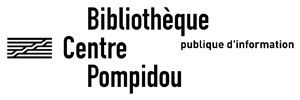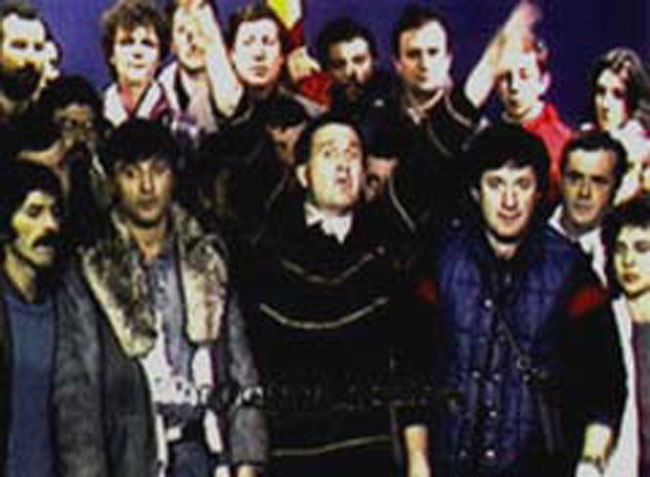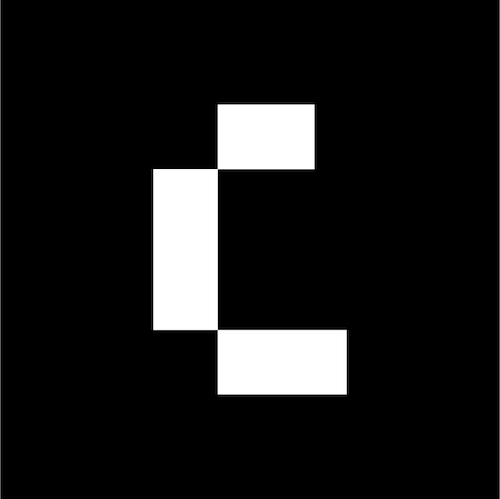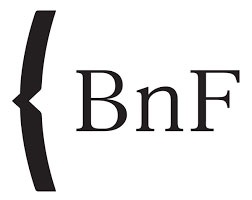Vidéogrammes d'une révolution
-
Réalisé par Harun Farocki, Andrei Ujică • Écrit par Harun Farocki, Andrei Ujică
-
Allemagne • 1992 • 107 minutes • 16 mm & Vidéo • Couleur
- Réalisation :
Harun Farocki, Andrei Ujică - Écriture :
Harun Farocki, Andrei Ujică - Image :
Harun Farocki, Andrei Ujică - Montage :
Egon Bunne
- Production (structure) :
Harun Farocki Filmproduktion - Coproduction :
Bremer Institute Film Fernsehen, Produktionsgesellschaft mbH - Participation :
Berliner Filmförderung - Ayant droit :
Harun Farocki Filmproduktion
- N° ISAN :
ISAN 0000-0002-91D8-0000-Q-0000-0000-X
Résumé
Lorsqu’à la fin du mois de décembre 1989 le peuple roumain se révolte contre le régime du dictateur Ceausescu, des centaines de journalistes mais aussi des cameramen amateurs et des vidéastes filment les événements d’une révolution qui se réalise progressivement à travers son exposition médiatique. C’est le premier événement historique bénéficiant d’une couverture en image quasi intégrale, il est également symbolique par sa rapidité, respectant une unité de lieu et de temps. Tout se déroule en quatre jours entre la place de l’Université, le Comité Centrale et le Studio 4 de la télévision nationale. Vidéogrammes d’une révolution est une réflexion globale sur le matériau: à la fois sur le support physique (la pellicule) et sur le contenu imprimé (l’objet filmé), formant un film-témoignage extrêmement précieux, interrogeant le pouvoir des médias et le rôle de l’image dans la formation de l’histoire. C’est aussi un moment de pensée sur le statut du "monteur-montreur", convoquant des images déjà là.
In Europe in the fall of 1989, history took place before our very eyes. Farocki and Ujica's "Videograms" shows the Rumanian revolution of December 1989 in Bucharest in a new media-based form of historiography. Demonstrators occupied the television station [in Bucharest] and broadcast continuously for 120 hours, thereby establishing the television studio as a new historical site. Between December 21, 1989 (the day of Ceaucescu's last speech) and December 26, 1989 (the first televised summary of his trial), the cameras recorded events at the most important locations in Bucharest, almost without exception. The determining medium of an era has always marked history, quite unambiguously so in that of modern Europe. It was influenced by theater, from Shakespeare to Schiller, and later on by literature, until Tolstoy. As we know, the 20th century is filmic. But only the videocamera, with its heightened possibilities in terms of recording time and mobility, can bring the process of filming history to completion. Provided, of course, that there is history. Andrei Ujica & Harun Farocki conceived of and assembled Videograms of a Revolution together.
Mot(s)-clé(s) thématique(s)
Sélections et distinctions
- 2019 • Cinéma du réel • Paris (France) • Sélection Front(s) populaire(s)
Comment avoir accès au film ?





